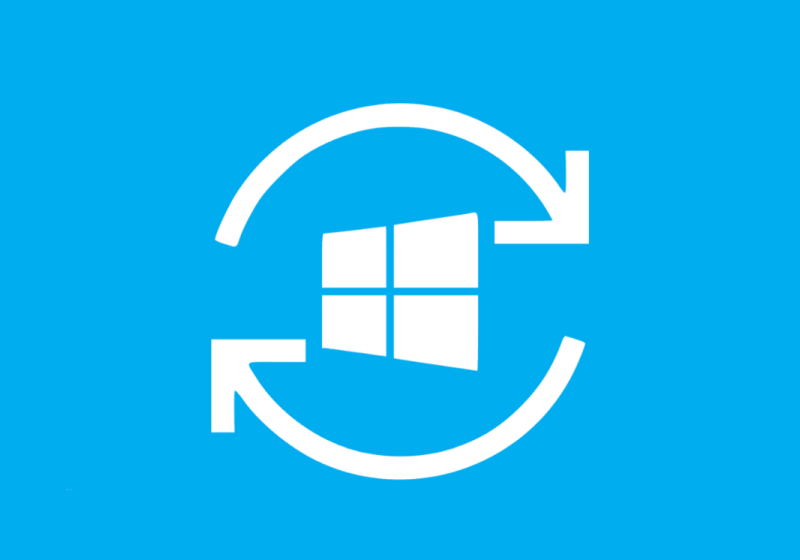The bar for cybercrime keeps moving, not because attackers are reinventing the wheel, but because they’re taking small, clever shortcuts that make existing tools much more dangerous.
Commodity malware and malware as a service (MaaS) offerings have long democratized cybercrime by packaging effective techniques into easy-to-deploy services
VP of security engineering and AI strategy at Aryaka.
Aryaka Threat Research Labs’ latest find, a new variant of the Vidar infostealer, is a textbook example: the malware’s techniques will feel familiar to anyone who studies commodity threats, but one tweak makes it markedly more challenging to defeat in practice.
Vidar’s modular architecture and plugin-capable design make it simple for a range of operators to customize campaigns without deep technical expertise.
However, the addition of precise API-hooking logic shifts the calculus: it reduces the need for noisy discovery. It increases the fidelity of harvested secrets, producing richer, more actionable data for resale or follow-on attacks.
Understanding Vidar’s capabilities
Vidar targets Windows systems and quietly harvests a long list of high-value items, including browser-stored logins, cookies and autofill data, saved payment details, cryptocurrency wallets, two-factor tokens, email and FTP credentials, as well as screenshots and documents. It compresses and ships the data to the attacker's infrastructure for resale or more targeted follow-on attacks.
That behavior is sadly common but what raises the alarm here is the variant’s ability to capture secrets at the moment, they are most vulnerable, before standard protections take effect. The notable aspect is that this strain intercepts secrets at the API level inside the operating environment.
Rather than relying solely on file scraping or memory dumps, it taps into the same system calls applications use to access or protect sensitive data, allowing it to capture plaintext credentials and tokens before they are encrypted or otherwise hardened.
In other words, this Vidar variant implements very efficient inline API hooking to intercept secrets inside the victim process before they are protected.
The malware injects into the target process, overwrites the entry bytes of specific cryptographic functions (for example, DPAPI function CryptProtectMemory or memory-protection routines), and installs a small trampoline to divert execution to attacker code that captures plaintext values before returning control to the original API.
This technique reads secrets at the point of use, reducing noisy disk activity and bypassing defenses that only inspect post-encryption artifacts. Other elements of Vidar will look familiar to defenders: a staged PowerShell loader, randomized install locations, retry/backoff logic for robustness, and persistence achieved through scheduled tasks and other standard mechanisms.
It also employs common evasion techniques, including avoiding script inspection, adding exclusions to native defense tools and favoring in-memory execution methods. Additionally, it blends its network traffic into ordinary TLS sessions and public platforms to conceal exfiltration. The combination is efficient and commercially attractive to a wide range of attackers.
The commercial angle matters when it comes to malware design. Vidar is offered in a modular, plugin-capable format that lowers the technical bar for operators. In that market, adding reliable API-level interception is a force multiplier: operators don’t need noisy reconnaissance or elaborate decryption, they can harvest higher-fidelity data directly, which increases the value of what they sell or use for follow-on intrusions.
In short, commodity crimeware combined with a precise interception technique yields far richer, more actionable intelligence for attackers.
What organizations can do to protect themselves
For IT and security teams the takeaway is straightforward and urgent: treat this as a call to re-examine assumptions. Traditional indicators that rely on file artifacts or volume of activity may miss this kind of theft. A comprehensive defense strategy against Vidar malware necessitates a layered approach, underscoring the need for multiple defense mechanisms.
Zero Trust principles play a pivotal role in reducing the value of stolen data by limiting the distance a single token or cookie can travel before re-authentication, thereby making it harder for Vidar to weaponize the secrets it collects.
Defenders should advocate for the broader adoption of memory-safe coding practices and the runtime hardening of sensitive APIs, thereby making inline hooking more challenging. On the research side, machine-learning models trained on memory access patterns may one day be able to flag the subtle differences between legitimate cryptographic calls and tampered ones, providing SOCs with another angle to detect these stealthy techniques.
User awareness and disciplined patching are paramount in defending against Vidar, as it often infiltrates through the same doors as many other threats, such as phishing attachments, drive-by downloads or cracked software.
Endpoint detection and response (EDR) tools that can monitor API call chains and detect inline hooks offer a strong baseline. Adding integrity monitoring for critical libraries and runtime checks that verify whether functions have been modified can make API hooking much noisier for attackers.
Overall, detection needs to account for abuse at the application and API boundary. Deployment hygiene must be improved and incident responders should prioritize controls that limit credential exposure at point of use (for example, stricter key and token handling policies and rapid isolation of suspicious processes).
The techniques aren’t inscrutable, but defending against them requires shifting focus from “what’s on disk” to “what’s happening inside the app” and investing in layered controls that reduce the yield of opportunistic harvesters.
Future Vidar threats
Future variants of Vidar are likely to become even more evasive by combining stealth with modular flexibility. We can expect it to expand beyond its current API, hooking into more advanced kernel-level interception, making detection far harder for user-mode defenses.
It may also integrate fileless techniques, leveraging in-memory loaders to avoid leaving artifacts on disk, or adopt living-off-the-land binaries (LOLBins) to blend malicious actions with legitimate processes.
Another plausible step is the use of AI-driven targeting, where Vidar dynamically tailors which data to harvest based on the victim’s role or environment, for example, prioritizing cloud authentication tokens over browser cookies in enterprise networks. Its command-and-control infrastructure may also become more resilient, adopting decentralized or peer-to-peer channels to withstand takedowns.
Together, these advances would make Vidar less of a commodity stealer and more of a persistent, adaptive platform, blurring the line between “stealer” malware and sophisticated espionage tools.
The best answer to Vidar is not a single silver bullet, but a thoughtful combination of process integrity, network vigilance, access controls and cultural discipline. While attackers will continue to innovate, so can defenders. By thinking one step earlier in the kill chain, we can blunt the impact of advanced exploitation tactics deployed by Vidar.
We've featured the best secure email provider.
This article was produced as part of TechRadarPro's Expert Insights channel where we feature the best and brightest minds in the technology industry today. The views expressed here are those of the author and are not necessarily those of TechRadarPro or Future plc. If you are interested in contributing find out more here: https://www.techradar.com/news/submit-your-story-to-techradar-pro




-SOURCE-Ryan-Waniata.jpg?mbid=social_retweet)





 English (US) ·
English (US) ·